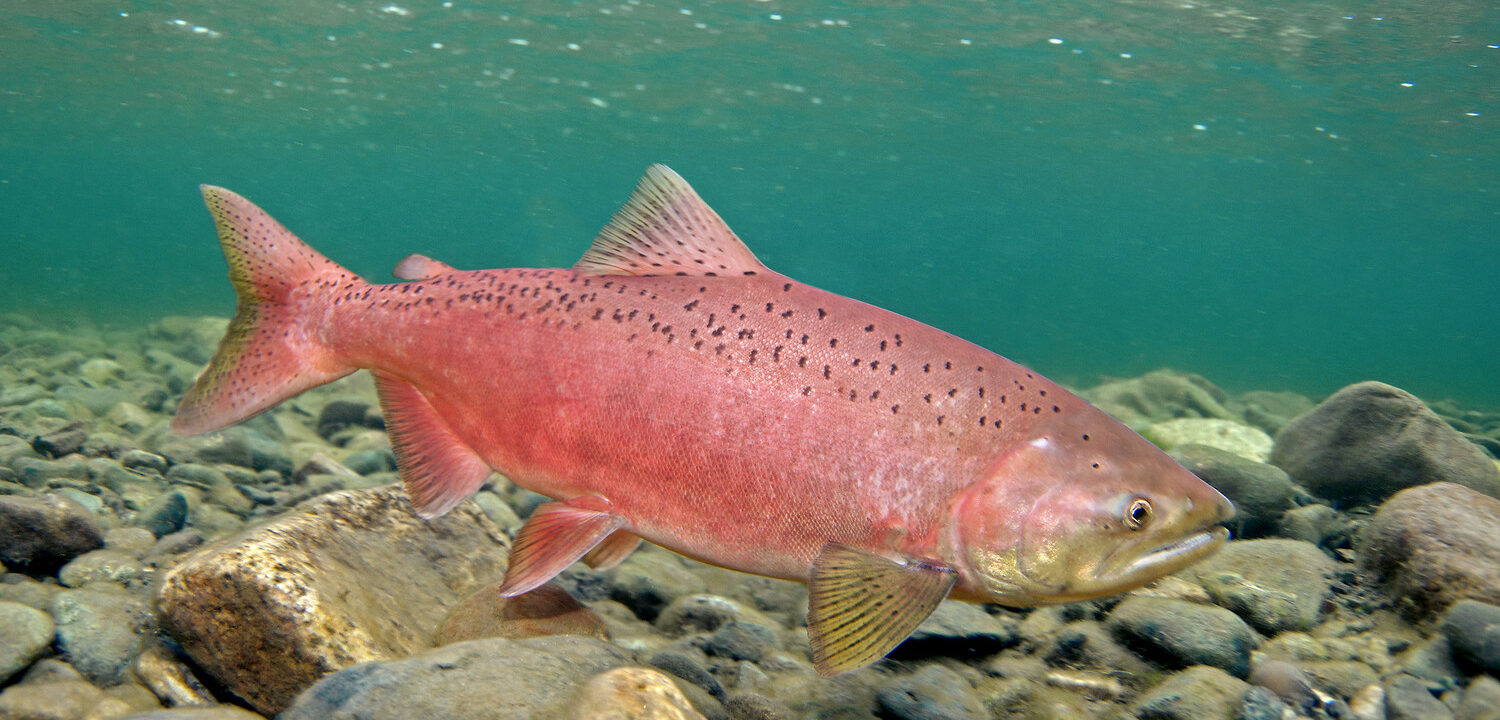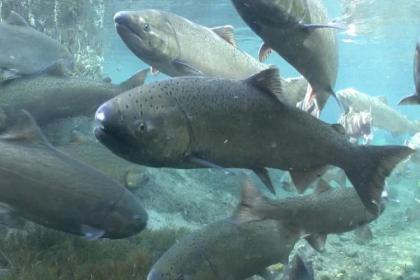Unlocking the Thrill: How to Catch King Salmon on the Columbia River
The Columbia River, renowned for its majestic King salmon runs, beckons anglers seeking the thrill of landing these prized fish. Pursuing King salmon on the Columbia River requires skill, strategy, and an understanding of their behavior in these powerful waters. This guide offers comprehensive insights and techniques to enhance your chances of hooking into the elusive King salmon.
Understanding King Salmon

King salmon, also known as Chinook salmon, are prized for their robust size, powerful fights, and delectable flesh. They navigate the Columbia River during specific seasons, making them a sought-after catch among anglers looking for an exhilarating fishing experience.
Seasonal Timing and Location
- Seasonal Runs: King salmon runs along the Columbia River vary throughout the year. Prime times often include spring and fall, with peak runs occurring during these seasons. Local guides and fishing reports provide valuable information on optimal timing.
- Key Locations: Focus on areas known for King salmon congregations, such as deeper pools, eddies, and structure-rich zones. Pay attention to shifting salmon migration patterns during their upstream journey.
Effective Fishing Techniques

- Trolling and Drift Fishing: Trolling with lures or bait while covering water or drift fishing with bait rigs near riverbeds are popular techniques. Experiment with different speeds, depths, and lure presentations to entice King salmon.
- Using Natural Baits: Employing fresh, natural baits like herring, anchovies, or cured salmon roe can attract King salmon. Techniques like backtrolling or divers can enhance the presentation of these baits.
Proper Gear and Equipment
- Rods and Reels: Opt for sturdy rods and reels capable of handling the strength of King salmon. Medium to heavy-action rods paired with quality reels spooled with appropriate line strength are recommended.
- Tackle Selection: Choose a variety of lures, plugs, and bait rigs designed for salmon fishing. Having a diverse selection allows for flexibility in adjusting to changing conditions or preferences.
Environmental Considerations

- Understanding River Conditions: Monitor water flows, temperature changes, and water clarity, as these factors influence salmon behavior. Cooler temperatures or increased water flow might trigger more active feeding behavior.
- Adapting to Weather: Salmon can respond differently to weather changes. Adjust fishing techniques based on weather patterns, such as low-light conditions during overcast days or evenings.
Safety and Legal Compliance
- Safety Gear: Wear appropriate safety gear, including life jackets, especially when fishing from a boat. The Columbia River’s currents can be strong, and safety should always be a priority.
- Adherence to Regulations: Stay informed about fishing regulations, including catch limits, size restrictions, and selective fishing rules enforced to preserve King salmon populations.
Conservation and Responsible Fishing

- Catch-and-Release Practices: Consider catch-and-release for King salmon to contribute to their conservation, especially during spawning seasons. Handle fish carefully and release them swiftly to ensure their survival.
- Environmental Stewardship: Respect the river environment by properly disposing of waste and avoiding damage to habitats. Practice responsible angling to maintain the Columbia River’s health and sustainability.
Bait Presentation and Rigging
- Fine-tuning Bait Presentation: Experiment with bait rigging techniques to match the salmon’s preferences. Adjust leader lengths, hook sizes, and bait placements to find the optimal presentation for enticing King salmon.
- Bringing Variety: Carry an assortment of bait sizes, colors, and scents. Rotating through different bait options can sometimes trigger more strikes, especially when fish are selective.
Depth and Temperature Considerations

- Depth Control: Use downriggers or lead weights to control the depth of your bait or lures. King salmon might prefer specific depths depending on water conditions, so adjusting your presentation accordingly can yield better results.
- Temperature Zones: Monitor temperature variations in the water column. King salmon may inhabit different temperature zones within the river, often preferring cooler pockets or areas with ideal oxygen levels.
Networking and Local Insights
- Engage with Local Anglers: Connect with local anglers or fishing communities for firsthand insights into recent salmon runs, successful techniques, and favored hotspots along the Columbia River.
- Guide Services and Charters: Consider hiring experienced guides or joining charter trips. Guides possess extensive knowledge of the river’s nuances and can offer valuable guidance for targeting King salmon effectively.
Patience and Observational Skills
- Observing Fish Behavior: Pay attention to signs of salmon activity, such as surface disturbances, jumping fish, or seagulls feeding on baitfish. These indications can guide you to potential salmon locations.
- Persistence and Adaptability: Be prepared to adapt your fishing approach. King salmon behavior can change throughout the day, so persistence and flexibility in your tactics can lead to success.
Post-Fishing Analysis and Improvement
- Reviewing Fishing Logs: Maintain a fishing log noting successful techniques, locations, and environmental conditions. Reflecting on past experiences can guide future fishing strategies.
- Continuous Learning: Stay updated on new gear, technologies, and angling methods. Continuous learning enhances fishing skills and keeps you abreast of advancements in the field.
Involving New Anglers and Conservation Efforts
- Introducing Others to Fishing: Share your passion for fishing with friends, family, or newcomers to the sport. Introducing others to the thrill of King salmon fishing fosters a greater appreciation for the Columbia River’s beauty.
- Advocating Conservation: Support conservation efforts aimed at preserving salmon habitats and maintaining healthy river ecosystems. Participate in community initiatives promoting responsible fishing practices and environmental stewardship.
How to Catch King Salmon on the Columbia River
Catching King salmon on the Columbia River is an exhilarating pursuit that demands patience, skill, and an understanding of the river’s dynamics. By mastering effective techniques, adapting to changing conditions, and embracing responsible angling practices, anglers can heighten their chances of landing the magnificent King salmon while fostering a sense of stewardship for this iconic river ecosystem.
Besides learning how to catch king salmon on the Columbia River, you need to prepare for your trip by booking a fishing charter! Contact us today and let’s help you prepare your ultimate king salmon fishing trip.
